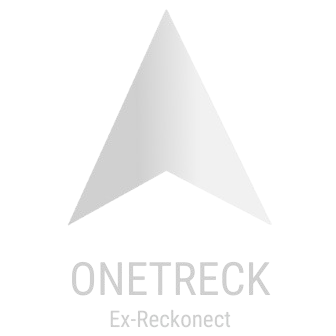Introduction
A Causal avatar is an interactive map that represents the disease progression steps, from 3 angles: time scale, context that includes hierarchy of events, as well as physiological scale (intracellular to systemic multi-tissue organization). Such avatar of disease progression is really neat to build rigorous knowledge-driven hypotheses of drivers’ signature of disease.
Causal avatar reconstruction is based on an in-depth evaluation of information by manual annotation and curation, to help you to identify candidate drivers of disease progression and elaborate on new therapeutic avenues.
Materials
- Causal Avatar of e.g. Endometriosis
- OneTreck expertise service is not compulsory, but recommended to speed up information retrieval process and MOA reconstruction.

Case Study
Endometriosis is a condition that affects about 10% of women in reproductive age, which represents 190 million people worldwide. It is characterized by a hyper-proliferation of endometrial cells outside of its original location.
- Potential therapeutic avenue. Although blocking the hyper-proliferation of endometrial cells might be a theoretical option to impede endometriosis development, we still lack the MOA underneath Endometrium proliferation.
Methods & expected results
In order to decipher this mechanism of action, we designed the following step by step guide:
Step 1: Identify proteins involved in Endometrium proliferation, simply by clicking on the box E3 Endometrium proliferation (red circle, Figure 1).

Step 2: We interrogated our knowledge base to find physical and functional links between couple of candidate proteins of interest, such as TGFb1, PGR, ESR1 (Figure 3). Such example unraveled a minimal signaling network, associated with endometrium proliferation.

Figure 3: TGFb1, PGR and ESR1 are involved in a signaling network that is associated with endometrium proliferation.

Figure 4: Example of a representation of molecular mechanism of action provided by OneTreck expertise service.
Step 3: We shall now define the hierarchy of events by systematically retrieving the directionality between elements within this network of interest. OneTreck already structured causal information and we can blend this information with the most associated processes involved in endometrium proliferation, to compress MOA reconstruction time and costs.
Step 4: Finally, all the retrieved data are assembled and used to draw a diagram with the associated legends and supporting references (Figure 4).
Conclusion
As illustrated above, OneTreck resources and expertise service allow to swiftly pinpoint at hypotheses of mechanism of action of endometrium proliferation.
What’s next?*
Once you have your hypotheses for MOA, you can improve the efficiency of manuscript and grant writing and argumentation, by finding the proper evidences and associated references straight from causal avatar. The solid understanding of the MOA is a cost killer & a time savior in your experimental plan.
Second, you can pinpoint the targets that are associated with a given drivers’ disease signature, to facilitate the identification of chemical/biological modulators.
Third, you might want to integrate your own data to refine this mechanism of action (through the Manta Platform, e.g. multi-omics, semantics, imaging annotations).
Finally, the usage of exploratory avatars can help you to identify knowledge gaps and borders of knowledge to think out of the box, as seen in the example of Acute Coronary Syndrome ACS (see ACS Identification of perspective).
*Please see the application resources on our Access Hub, or contact us.



